Jupiter-8 50mm f2 LTM Lens Review — Soviet Bunker
It's time to start a new series. Since I live in a country that was once part of the Soviet Union, I have some soviet gear pieces that I would like to review. In the classic photography gear world soviet stuff is quite popular. It can deliver good and sometimes amazing results with low money investment. That's because soviet gear is often copied from good cameras and lenses and was made in large quantities. I don't like soviet gear myself that much. Firstly I don't like the Soviet Union as a thing. I'm not supporting it by buying and using things made there as it doesn't exist anymore but it still feels icky. I also don't like that a lot of it is copies of things. If possible I like to support and get the original. Then again the Soviet Union weren't the only ones copying lenses. Lastly the quality of soviet photography gear is quite bad. There's a lot of sample variation. And even the good copies don't actually feel good although they can still deliver good results. With my biases out of the way - let's look at the first Soviet Bunker subject - Jupiter-8.

Jupiter-8 50mm f2 LTM lens on Canon P. It certainly looks good on Canon P. Everything looks good on Canon P.
Jupiter-8 is a 50mm f2 ( .com ) lens. It's the first 50mmf2(.com) lens that I'm reviewing here! My copy is in LTM / M39 mount. There's also one for the Contax / Kiev mount. They are pretty much identical from the optical perspective. Jupiter-8 is a copy of a cool lens - Zeiss Sonnar 50mm f2 ( .com ) which was available on a Contax mount. I like Zeiss lenses.
Jupiter-8 is very available and cheap. At least in Europe and especially around former Soviet Union countries. Jupiter-8 was a standard lens for some Zorki and Kiev cameras. The Contax mount version is a bit cheaper as it's more difficult to adapt to modern cameras. Really though there isn't much of a difference between them in price. It will cost you around $30-70. More expensive ones might be confirmed as "being good". Because of the whole sample variation thing. In former Soviet Union countries you can get this lens for cheaper. Or you might be hit on the head with it as someone throws it out of the window whilst cleaning the house from junk.
I have two Jupiter-8 lenses. First one I bought to mount on my first proper rangefinder - the Canon Model 7 - whilst I was waiting for the Canon 50mm f1.8 to arrive. It's in silver and looks very good on the Canon P. The other one came with a Zorki 4K camera that I got for pretty much nothing. It's a black version. I prefer black lenses most of the time but Jupiter-8 looks better in silver / chrome.

Although Zorki 4K is a weird looking camera, it's not the ugliest. It still has no competition when put next to Canon P. Any lens will look good on Canon P and Jupiter-8 is no exception.
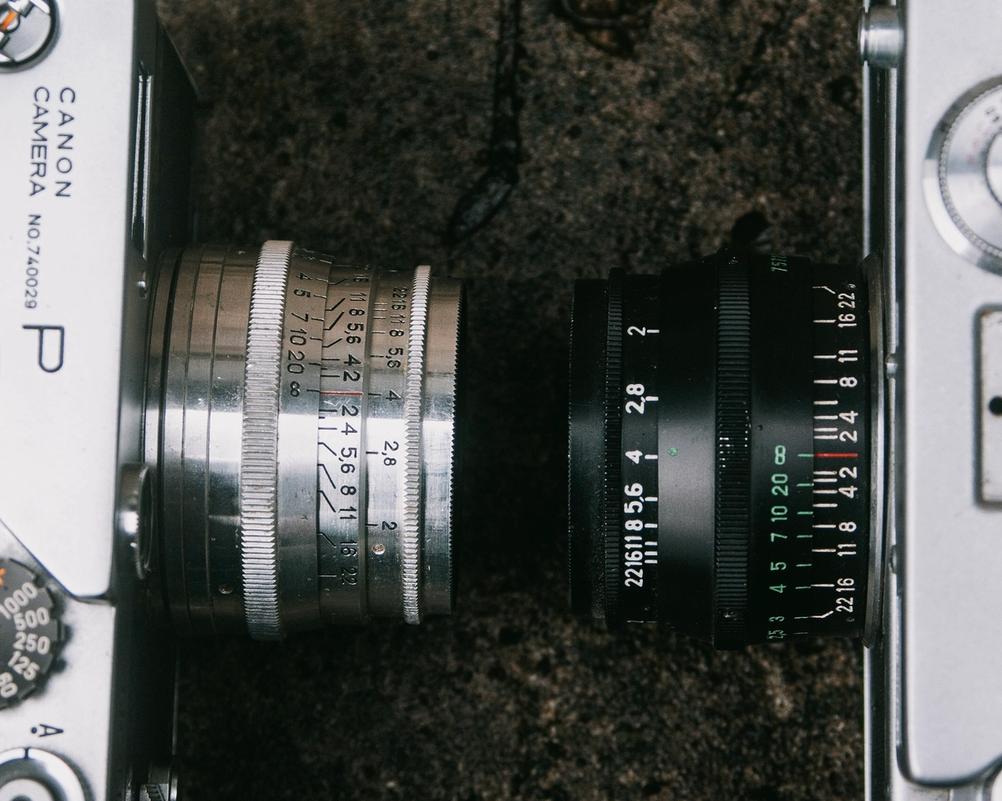
Whilst optically there are no differences ( at least intentional ones ), Jupiter-8 lenses have slight changes depending on when they were made. Silver version is older than black. There aren't many changes but they are certainly not identical.
Build & Ergonomics
I like things that sit together well, feel good to use and don't rattle all over the place. That is not the story here. My silver Jupiter-8 is a true rattlesnake. It moves in all directions. It's also a super light lens. It's not built from plastic but it feels like it is. A light lens isn't inherently a bad thing. It's easier to carry around than a heavier one. But I like heavy things. The black lens is better built and doesn't rattle as much but it's still not great.
In use it somehow manages to not feel too bad considering all the rattling. Actual focussing is quite smooth although I would've liked a focus tab. Some versions of Jupiter-8 do have a tab from what I've seen. Aperture ring is also on the smooth side but that isn't such a good thing as it means that it's clickless. I've ranted about clickless apertures before so I won't go into it again. Even ignoring the clickless thing, it needs more resistance. It's very easy to knock it ouf of where you placed it. There is a Jupiter-8M which does have a clicked aperture but it's only available on a Contax mount.
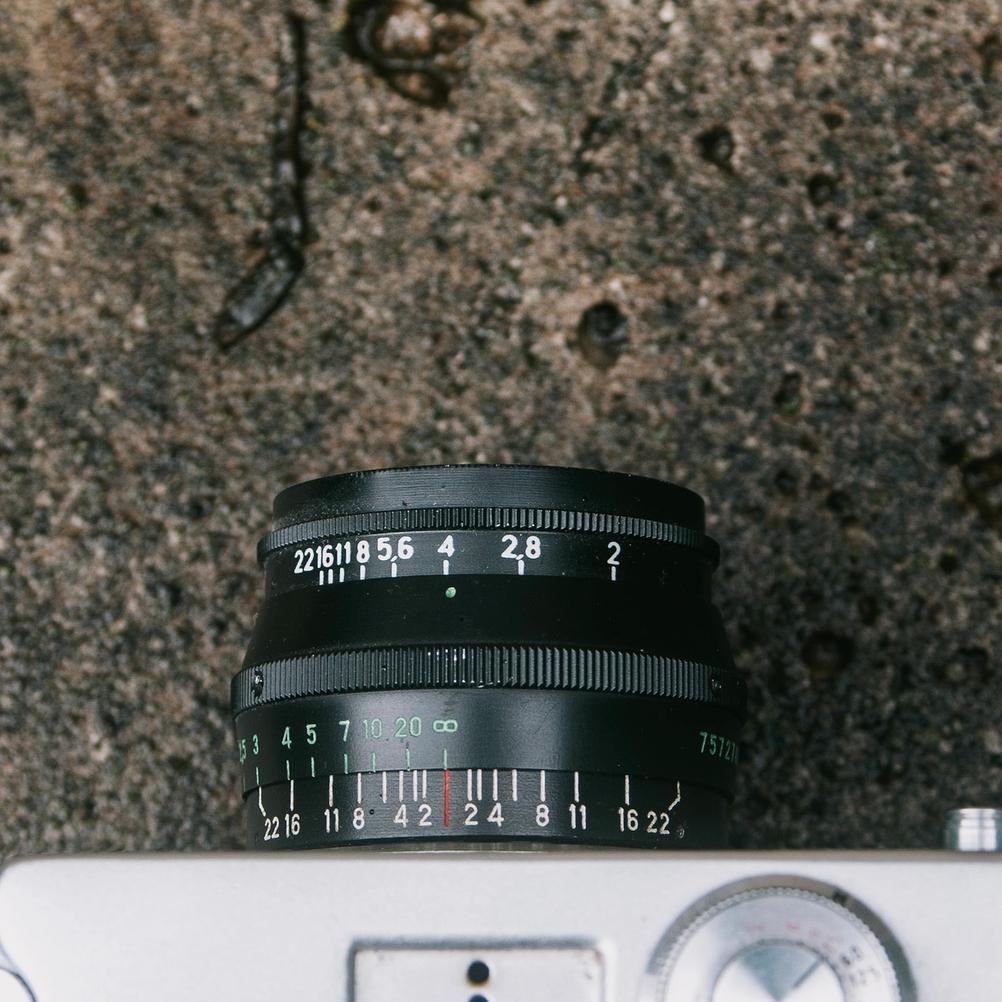
All controls are easy to understand and there's also a helpful hyperfocal distance guide.
Focus throw is around 180 degrees and aperture goes from f2 to f22.
The lens balances well on a camera. The size is good and doesn't block the viewfinder in any meaningful way. Because of the light size the camera won't feel front-heavy unless you use A4 paper as your camera. If anything the light size will make it feel like the reverse of front-heavy.
Image Quality
I have conflicted thoughts on the lens rendering. When I first shot the lens and saw the results I wasn't impressed. Then, some considerable time later, when I looked at them again I was actually well pleased with some photos. When I shot with Jupiter-8 again for this review my experience was similar. I didn't like the results at first glance but even a day later my thoughts improved. It's quite weird.
Subject Separation & Bokeh
Let's start with the best thing about this lens. Out of focus areas look fantastic! Very smooth but with a good character. It also doesn't matter what aperture was used. Even f8 will deliver a great out of focus area as long as there is one. Most of this comes from the lens that Jupiter-8 was copied from - Zeiss Sonnar. Sonnar lenses are famous for their great, smooth bokeh. The bokeh looks like a dream on black and white film but it's also great in color and digital.
There's isn't a massive pop but you can get a good looking subject separation. As long as you don't shoot wide open. Best subject pop happens around f4 but you can get some pop from f2.8 till f5.6. The transition between in and out of focus is pleasant. Another trait from the Sonnar family. That being said, I don't like how it behaves wide open. Everything gets a glow but not a good looking one. That makes the subject mushed into the frame. An inverse of pop.
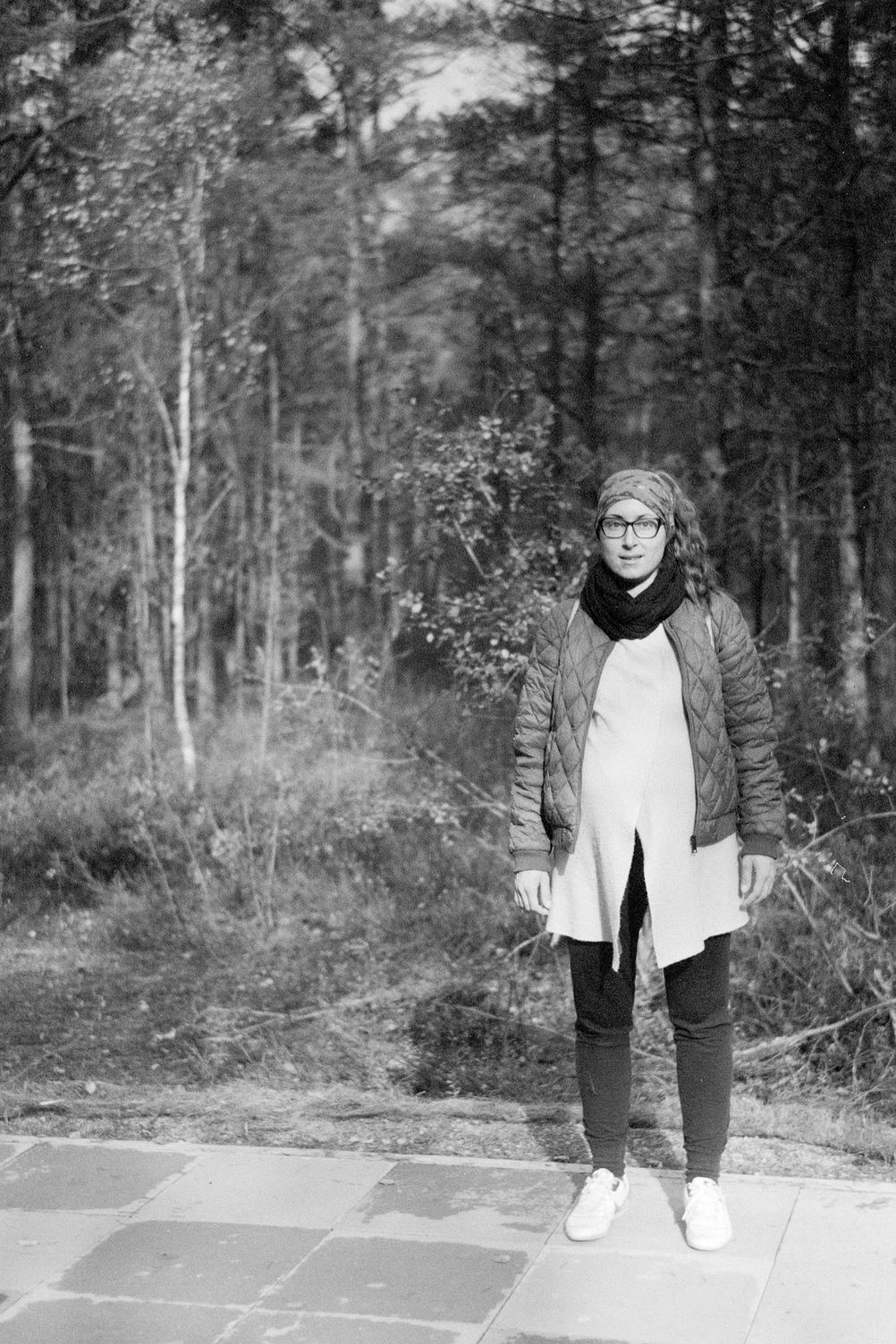
- Camera
- Canon Model 7
- Lens
- KMZ Jupiter-8 50mm f2
- Film
- Foma Fomapan 200 EI200
- Scanner
- Reflecta ProScan 10T
Smooth bokeh and decent pop. They are well within the capabilities of this lens.
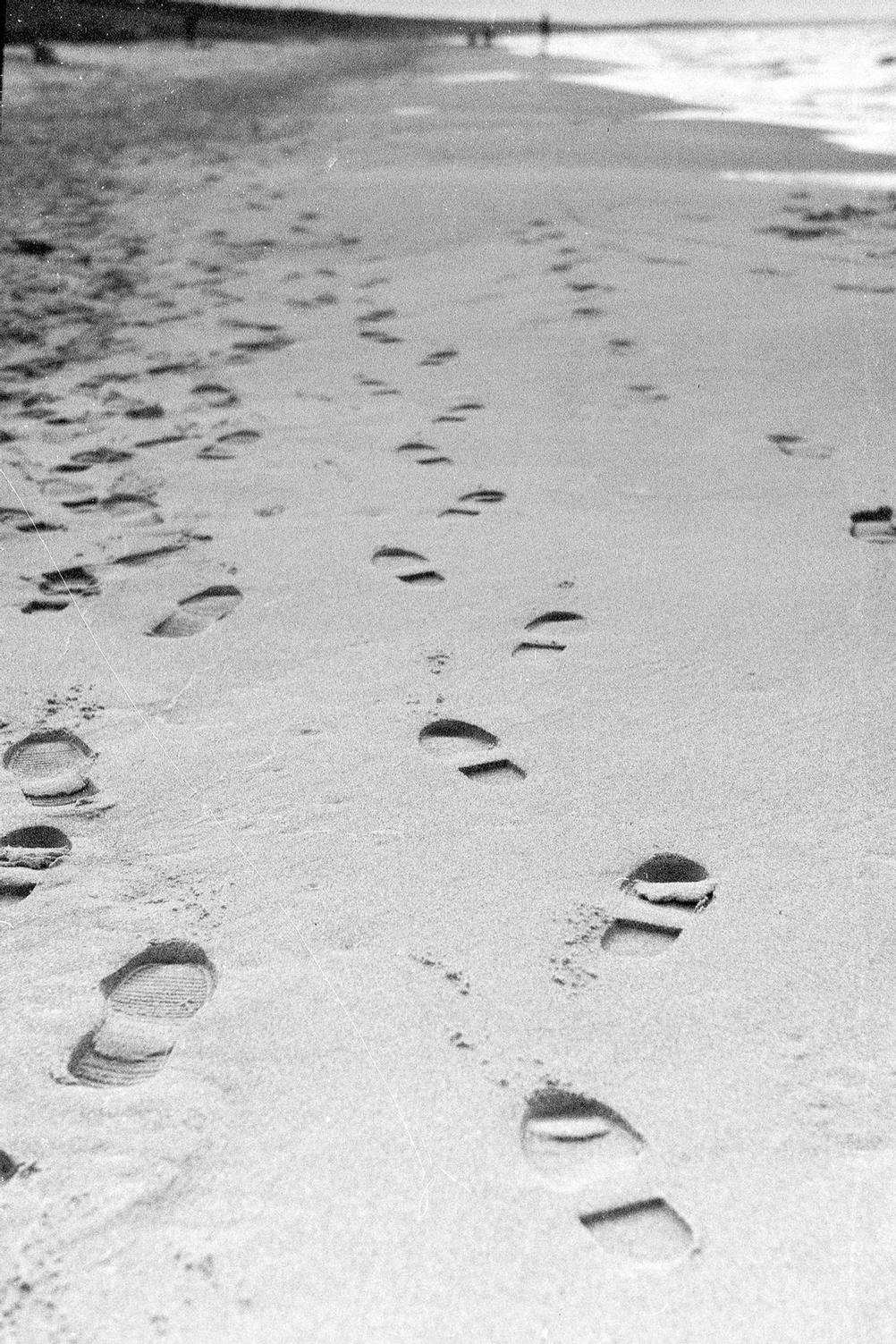
- Camera
- Canon Model 7
- Lens
- KMZ Jupiter-8 50mm f2
- Film
- Foma Fomapan 200 EI200
- Scanner
- Reflecta ProScan 10T
Steps into the silky arms of blur. The transition between in focus and out of focus is as smooth as the out of focus area itself.

- Camera
- Canon Model 7
- Lens
- KMZ Jupiter-8 50mm f2
- Film
- Foma Fomapan 200 EI200
- Scanner
- Reflecta ProScan 10T
Although you can destroy the background more when wide open, it will also destroy detail. There is a certain glow when using wider apertures that doesn't sit well with me.
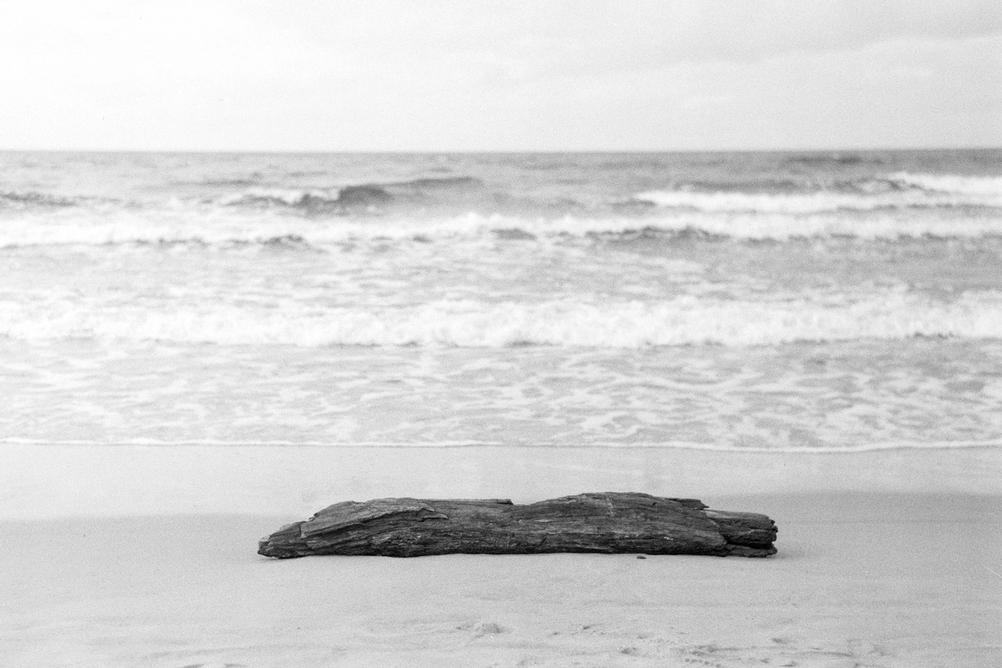
- Camera
- Canon Model 7
- Lens
- KMZ Jupiter-8 50mm f2
- Film
- Foma Fomapan 200 EI200
- Scanner
- Reflecta ProScan 10T
Calmness of the sea and calmness of the bokeh works well together.
Sharpness
Because of the wide open glow, sharpness isn't good at f2. It's sometimes too low for me at f2.8 as well. At f4 it's acceptable but I still wouldn't recommend shooting scenes that require sharpness everywhere. Use f8 for that. Soft lenses can sometimes look good on film but not this lens. I don't like the very soft look it gives at wider apertures on film. It could be used as an advantage for portraits or other specialised shots but it's not for me. On digital it's more usable as it's easier to bump the sharpness through various means of post processing. That isn't as easy to do with film, even when it's scanned.
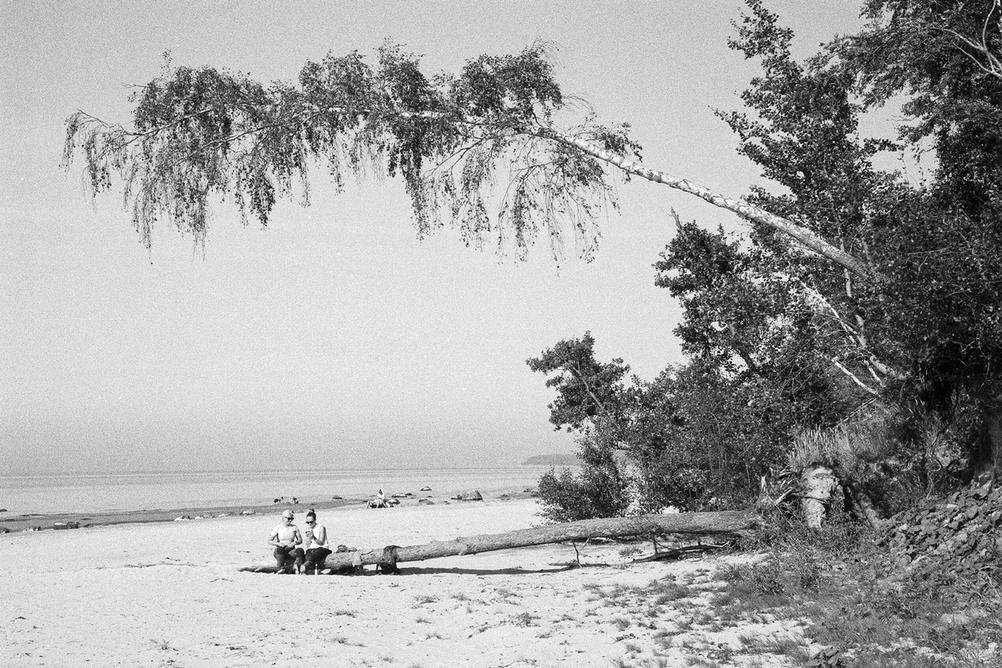
- Camera
- Canon P
- Lens
- KMZ Jupiter-8 50mm f2
- Film
- Ilford FP4+ EI200
- Development
- Kodak HC-110; Dilution B; 12min
- Scanner
- Reflecta ProScan 10T
f8 will deliver sharp results that shouldn't cause issues for anyone.

- Camera
- Leica M9
- Lens
- KMZ Jupiter-8 50mm f2
On digital there's no issue with sharpness as well. If anything, digital is more forgiving because of the vast amount of post-processing capabilities.

- Camera
- Canon Model 7
- Lens
- KMZ Jupiter-8 50mm f2
- Film
- Kodak Ektar EI100
- Development
- Compard Digibase Ready To Use Kit
- Scanner
- Reflecta ProScan 10T
"The Glow" will remove much of the sharpness to a level that's too far for me.
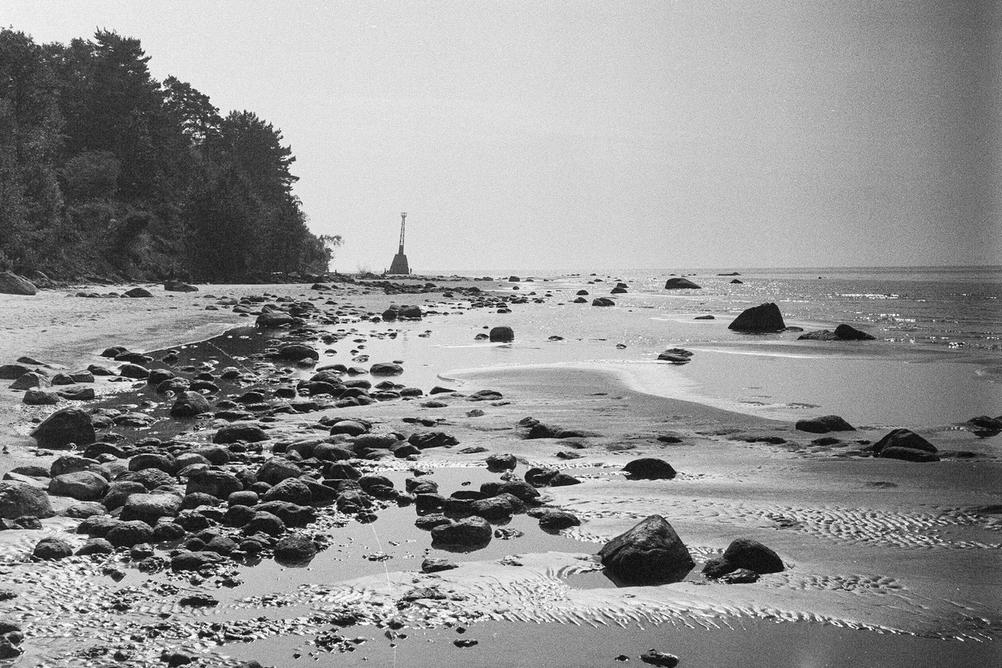
- Camera
- Canon P
- Lens
- KMZ Jupiter-8 50mm f2
- Film
- Ilford FP4+ EI200
- Development
- Kodak HC-110; Dilution B; 12min
- Scanner
- Reflecta ProScan 10T
Jupiter-8 works well for sunny beach days as it means that you can close the aperture right down.
Contrast
Contrast is on the lower side but it's not bad. It works well on black and white film. You can boost the contrast in development or when post processing. Same is true for digital photos. Contrast does increase with f5.6 - f8 where with a contrasty development it will deliver very good looking blacks. The lens does lose a lot of contrast when bright light sources shine in. It doesn't necessarily flare but contrast loss is significant.
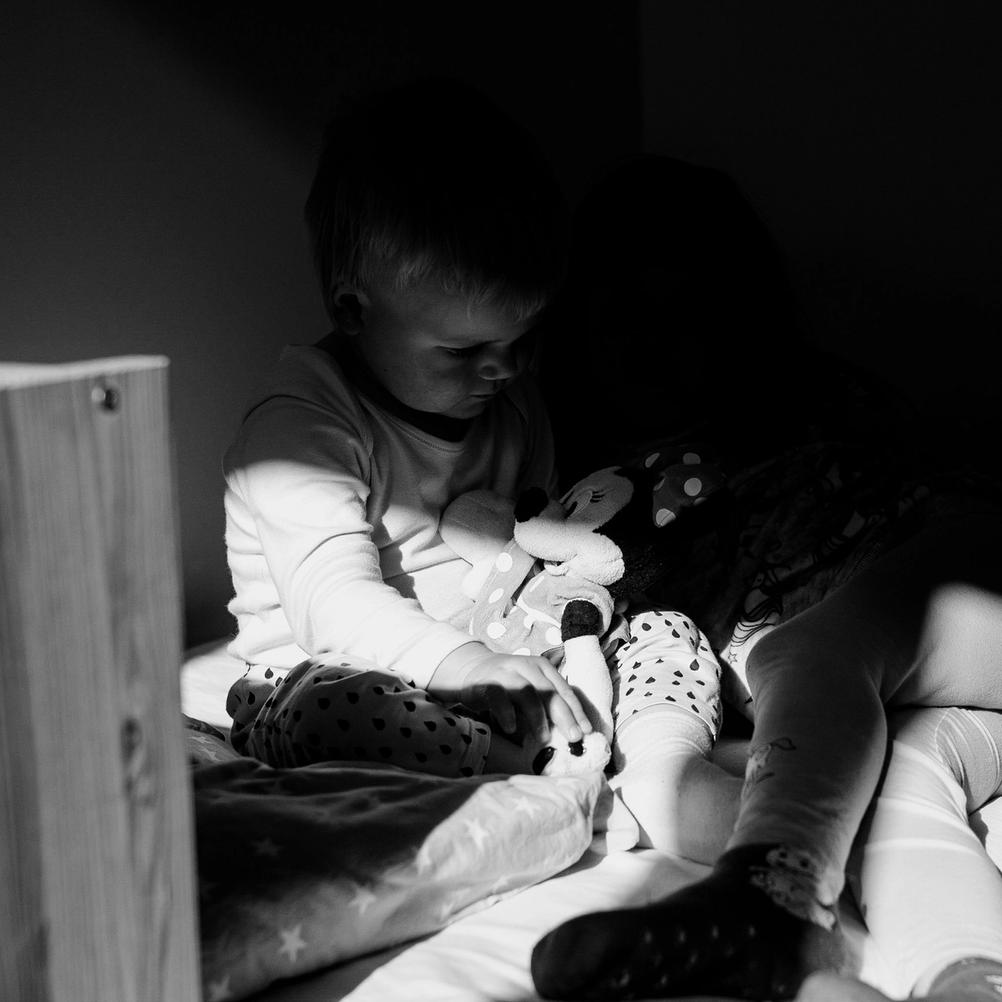
- Camera
- Leica M9
- Lens
- KMZ Jupiter-8 50mm f2
On digital Jupiter-8 will deliver mellow contrast which means that it's up to you to bring it back. However you see fit.
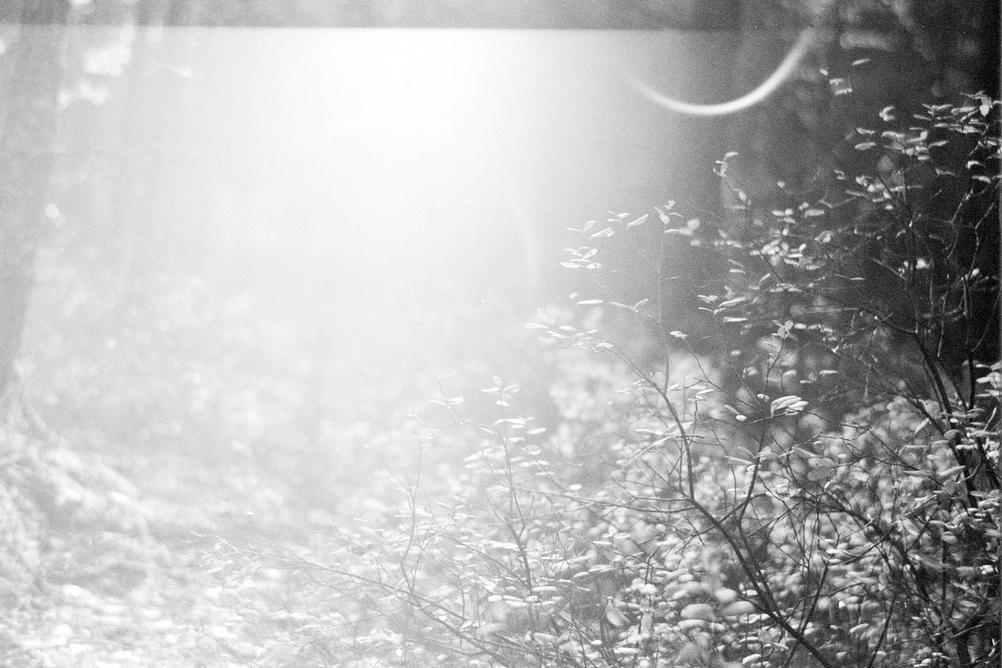
- Camera
- Canon Model 7
- Lens
- KMZ Jupiter-8 50mm f2
- Film
- Foma Fomapan 200 EI200
- Scanner
- Reflecta ProScan 10T
Contrast loss and flaring on Jupiter-8 is very visible. It can be used as an effect but most of the time it won't look like one.

- Camera
- Canon P
- Lens
- KMZ Jupiter-8 50mm f2
- Film
- Ilford FP4+ EI200
- Development
- Kodak HC-110; Dilution B; 12min
- Scanner
- Reflecta ProScan 10T
Pushed film will also deliver contrast much to my liking with Jupiter-8.

- Camera
- Canon P
- Lens
- KMZ Jupiter-8 50mm f2
- Film
- Ilford FP4+ EI200
- Development
- Kodak HC-110; Dilution B; 12min
- Scanner
- Reflecta ProScan 10T
The way how things get consumed by the black shadows is pleasing to me.
Colors
Color rendition is quite muted and...well bland. It does improve as you close the aperture down but I prefer this lens when shooting black and white. On digital you can save the colors a lot easier so that is also an option.

- Camera
- Leica M9
- Lens
- KMZ Jupiter-8 50mm f2
Color rendition on digital doesn't matter too much. You can tweak it to your liking. At the end you only get a slight hint of what came out of the camera.

- Camera
- Leica M9
- Lens
- KMZ Jupiter-8 50mm f2
Another example from digital.

- Camera
- Canon Model 7
- Lens
- KMZ Jupiter-8 50mm f2
- Development
- Compard Digibase Ready To Use Kit
- Scanner
- Reflecta ProScan 10T
I haven't used Jupiter-8 much for color film photos. Here's one that doesn't make sense as a representative color reproduction photo. It was shot on an unknown film that was expired and not kept in the best of conditions.
These rendering characteristics are true for both of my Jupiter-8 lenses but I prefer the silver one. Although it has a worse build quality, it seems to expel more sharpness. Sample size of two might not be enough to cover the problems of soviet sample variation but it still seems representative.
Overall Thoughts
As you can tell, I'm not the number one fan of this lens. That being said, my thoughts on this lens have improved when compared to what I thought of it before this review. The build quality is one of the worst offenders for me. It's not a joy to use this lens for me. There could be some Jupiter-8 lenses that feel better but I don't want to test 50 lenses to find the one and only. Chances are that the one and only well built lens would actually lack in image performance. You can't have everything you want.
The other thing that I don't like as much is the softness before f4. It's not a look I enjoy. Once again there might be a copy that delivers sharper results when wide open but it would fall apart upon touch.
Before this review I thought that I would never use the Jupiter-8 again. Now I can see that it may have some uses for me. The main one being on black and white film and by ignoring all apertures wider than f4. I really enjoy the out of focus areas that this lens draws on the plastic sheet we call film. I also like the deep blacks it can achieve.
Should you get this lens? Only you can answer that question. I would say that it's not worth getting it as your only lens. There are better alternatives for not much more money. But if you are looking for something new to try or like the particular rendering that this lens can deliver then go for it. It's not going to send you to bankruptcy.
